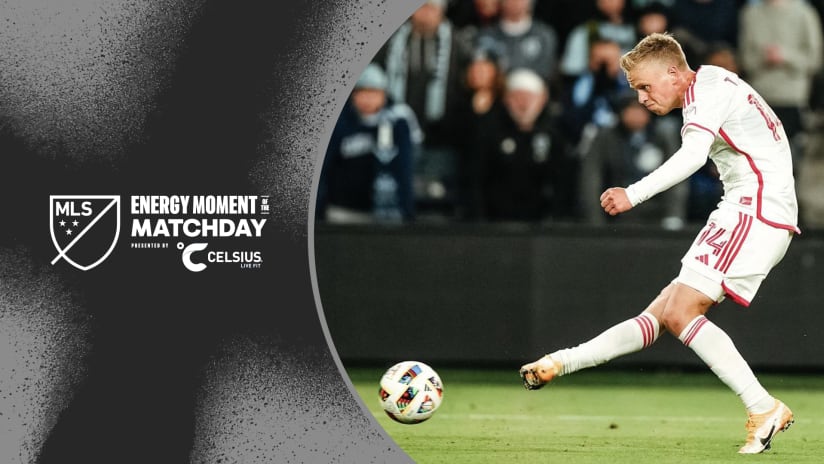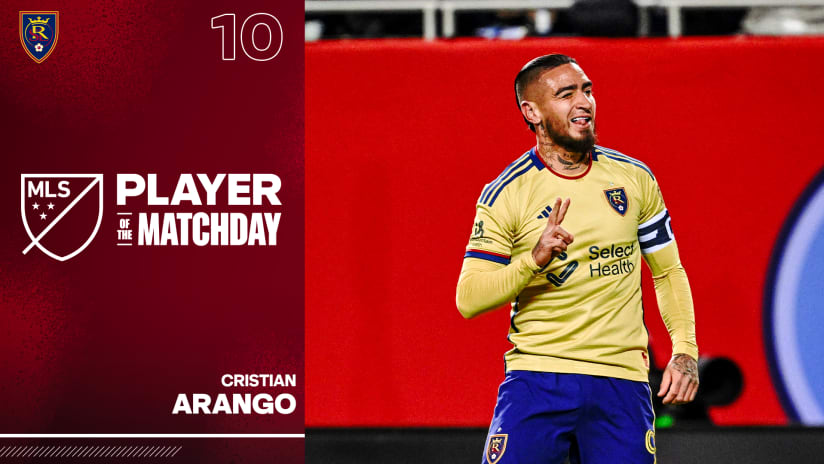It’s time to change the way we think about Designated Players.
Since the classification was established back in 2007, we’ve used the number of DPs teams have on their roster as a quick, superficial way to measure how much they spend. That approach has always lacked nuance. Since Targeted Allocation Money was introduced in 2015, it’s become a bit dated.
Before the advent of TAM, each team was only allowed to have three players on their roster who counted for more than the maximum salary budget charge. If a player’s annual salary and amortized transfer fee added up to more than that max budget charge, the player was a DP. It wasn’t exactly simple (these are the MLS roster rules, after all), but the system allowed us to put DPs in their own little box and kept the practice of grouping teams based on how many DPs they had somewhat reasonable.
TAM shifted all of that. As anyone who closely follows the league knows, the mechanism allows teams to sign players for more than maximum budget charge without needing to classify them as DPs. In 2019, any player with a budget charge between $530,000 and $1.5 million can have their contract bought down with TAM. Teams don’t have to use a valuable DP spot on such players.
That doesn’t stop them from doing so, however. As Seattle Sounders GM Garth Lagerwey noted in a recent radio interview, the DP tag has become something of an “accounting mechanism” for certain clubs. I’ll stick with Lagerwey’s Sounders as an example. Seattle have three DPs in Raul Ruidiaz, Nico Lodeiro and Victor Rodriguez. Ruidiaz and Lodeiro hit the budget at well over the upper limit for TAM. They’re true DPs. They cannot be bought down.
Rodriguez, on the other hand, comes in well under that upper limit. He could be bought down with TAM, but the Sounders are choosing to classify him as a DP. He’s hitting their budget at $530,000. Seattle will use the TAM they aren’t spending on him to buy down the contracts of players like Cristian Roldan, Jordan Morris and Gustav Svensson. If the club want to make a big signing in the summer, they can then use TAM to buy down Rodriguez and add a new DP.
Rodriguez is slapped with the same DP tag as Ruidiaz and Lodeiro, but he’s not their equal. Unlike his higher-paid teammates, he can be bought down with TAM. He has different roster classification than Roldan, Morris and Svensson, but he’s much closer to that trio in terms of budget hit than he is to Ruidiaz, Lodeiro or other Designated Players like Atlanta’s Pity Martinez, LAFC’s Carlos Vela or the LA Galaxy’s Zlatan Ibrahimovic.
The Sounders have three DPs, but their group is different than those with Atlanta, LAFC, the Galaxy, Toronto and even Chicago. Those five teams have three “true DPs” that can’t be bought down with TAM. Grouping Seattle or any of the other teams that can use TAM to buy down one or more of their three DPs with those five clubs isn't entirely accurate. This comes up pretty often in my conversations with coaches and club execs, particularly those from smaller clubs. They’re frustrated with how the different classes of DPs are perceived, and they think it’d be more honest if we re-framed how we talk about them.
"We shouldn't be afraid to put significantly higher expectations on guys who are coming in on $8, $9 or $10 million transfer fees and making multi-million-dollar salaries than players who are brought in for $700,000 and make $650,000," said Real Salt Lake GM Craig Waibel. "I think we do that in some cases. But classifying those two sets of players as DPs blurs it. We shouldn't really be comparing the $20 million total spend with the $2 million total spend."
Waibel's views were echoed by several other technical staffers, all of whom feel we need to think of DPs in a way that better fits the TAM era. Players who can't be bought down with TAM (Vela, Martinez, TFC’s Alejandro Pozuelo, New York City FC’s Alexandru Mitrita, etc.) should be thought of as “true DPs.” Players who can be bought down with TAM regardless of whether they're currently classified as DPs (Rodriguez, Orlando’s Dom Dwyer, Minnesota’s Angelo Rodriguez, RSL’s Samuel Johnson) should be lumped in with their TAM brethren as "over the max" players.
As has been noted to me by coaches and execs on a few occasions, one group includes players whose total price tags (transfer fee and salary over the life of the contract) often approach $20 million. The other includes players who are bought for six-figure transfer fees and make six-figure salaries. They’re worlds apart in cost, profile and, in certain cases, talent. It’s only natural to think of them differently. Too often, they're lumped together.
When evaluating individual Designated Players, separating them into “true DPs” and “over the max” players makes sense. That works on a team level, too. Teams with three "true DPs" should have more high-end talent than those with two or three who can be bought down with TAM. That should be noted in how we judge organizations.
Not that looking at "true DPs" and "over the max" players can't ever be instructive. Take Sporting Kansas City, for instance. SKC spend a fraction of what Atlanta, both LA teams, Toronto, Chicago and Seattle spend on their DPs. Felipe Gutierrez was their only “true DP” in 2018 – both Roger Espinoza and Yohan Croizet could've easily been bought down with TAM. They haven’t gone big on the very top of their roster, but they have spread the wealth. In 2018, Kansas City had nine “over the max” players, tied for most in the league.
Allocating their limited resources more evenly across the roster has been a boon for SKC, who, thanks to their system, astute trades and mostly solid work acquiring “over the max” players, have remained one of the deepest, most consistent outfits in MLS through the TAM era despite their comparative lack of star power and lower roster budget.
If you’re an MLS roster rules nerd, you likely already thought of the DP discussion this way. But this is a confusing space, littered with rules, exceptions and acronyms. If you’re just digging into it or want to understand things better, try not to think of DPs as a catch-all for how much a team spends or how much star power they should have. Separate the “true DPs” and the “over the max” players and you’ll get a clearer picture of how to evaluate individual players and overall rosters.











